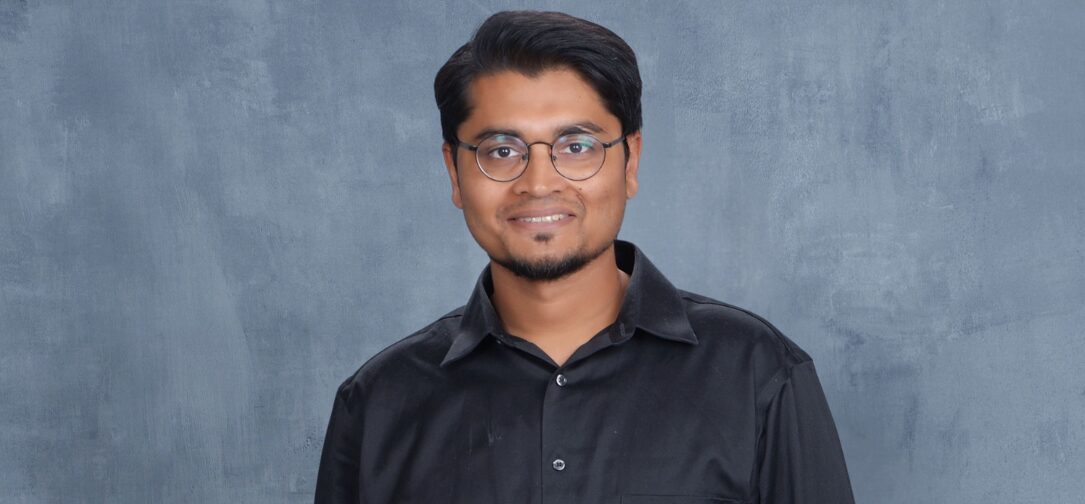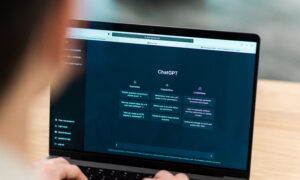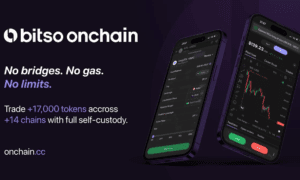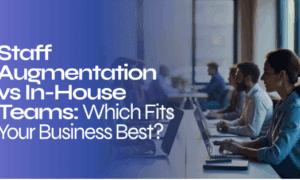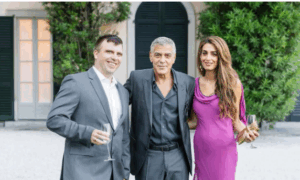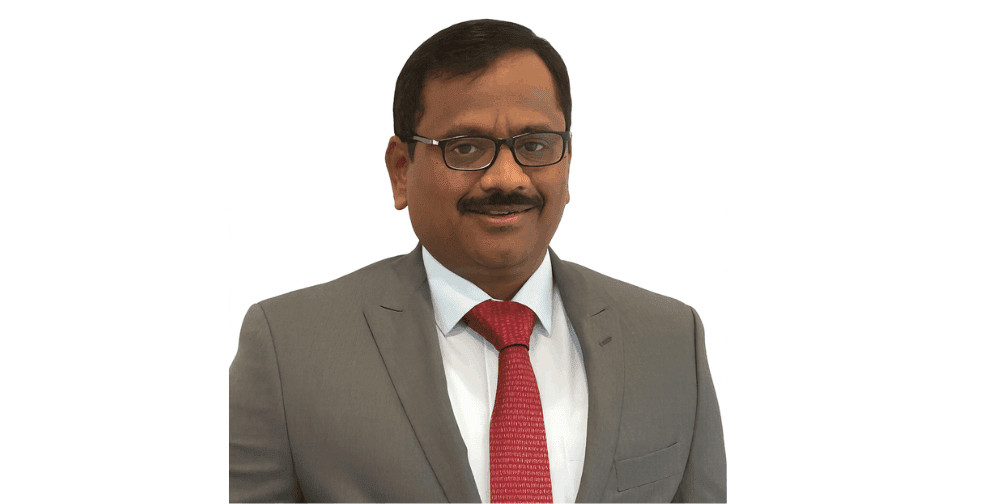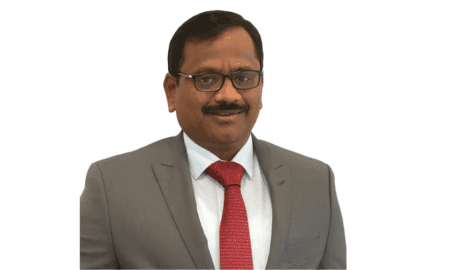When Sarnab Poddar saw a local grocery shop owner smile after using a tax tool he’d built in school, he realized technology could do more than optimize systems—it could transform lives. That early hands-on project wasn’t just about software; it was about empowerment. It sparked a career now spanning nearly two decades, defined by leadership in applied machine learning and a commitment to building tools that serve people, not just platforms.
In this conversation, Sarnab shares how his engineering philosophy, cross-industry impact, and deep focus on accessibility continue to shape the future of AI.
Q: What first drew you into software engineering and machine learning?
A: It started in my final year of school. I built a tax tool, and I watched a local grocery shop owner smile while using it. That was a moment of realization—technology isn’t just about optimization. It can directly improve lives. That stuck with me and shaped everything I’ve done since.
Q: What does your current work at Meta involve?
A: I lead machine learning teams that build advertising tools for small and medium businesses (SMBs). These businesses often don’t have the data science resources of larger firms, but they’re a major part of Meta’s advertiser base. My focus is on closing that gap—delivering ML systems that turn complex data into actionable insights.
Q: Can you share some examples of tools your teams have built for SMBs?
A: Sure. We’ve launched several impactful tools:
- Outcome-based forecasting systems that let advertisers plan budgets based on predicted business returns instead of just impressions or clicks.
- Intelligent budgeting assistants that distill complex ML models into user-friendly recommendations.
- Scalable ML infrastructure built into Meta Ads Manager to optimize campaign guidance at scale.
These systems have led to measurable improvements—higher advertiser retention, better budget accuracy, stronger ROI. Most importantly, they help over a million small businesses use predictive modeling without needing a full-time data team.
Q: Before Meta, you worked in healthtech. What was your focus at Twin Health?
A: I led AI development at Twin Health, a company focused on reversing chronic disease. One core effort was developing real-time glucose prediction models using CGM data. That enabled clinicians to deliver more personalized care for people with diabetes.
I also managed demand forecasting for key medical hardware like CGMs and monitoring devices—making sure we optimized inventory and reduced costs while keeping care consistent. Some of the clinical modeling work was even published in peer-reviewed journals, which was a great validation of our technical and healthcare impact.
Q: Your background also includes work in retail technology. What was your role at Kohl’s?
A: At Kohl’s, I led the launch of the company’s first digital e-commerce platform, helping modernize operations during a critical transition in the retail space. We had to bridge legacy in-store systems with a new online infrastructure.
Later, I focused on applying machine learning to optimize inventory in physical stores—reducing overstock, minimizing stockouts, and improving supply chain efficiency. Whether it was infrastructure or AI logistics, the goal was always the same: build systems that scale and deliver measurable business results.
Q: How would you describe your approach to engineering leadership?
A: I try to lead with the same intention I bring to technical work: thoughtful, purposeful, and user-focused. One thing I emphasize is embedding engineers directly into cross-functional product teams. That creates empathy with end-users and ensures the AI we build is both intuitive and useful.
I’m also a strong advocate for rapid prototyping—getting ideas in front of users quickly, but doing it in a way that’s production-ready. Beyond the technical side, I invest heavily in mentoring junior engineers, shaping team culture, and creating an environment of continuous learning. It’s not just about building systems—it’s about building systems that last.
Q: Your technical range is impressive. Can you walk us through the core areas of your expertise?
A: Across roles and industries, I’ve worked across the full machine learning lifecycle. That includes:
- End-to-end ML development: Designing and deploying full pipelines, always with a focus on business alignment and explainability.
- Business forecasting and optimization: From demand planning to inventory modeling and campaign outcome prediction.
- MLOps and infrastructure: Building scalable, reproducible systems with tools like Vertex AI, Airflow, MLflow, and Kubernetes.
- Cloud and data platforms: I work fluently across GCP, AWS (SageMaker), Azure ML, with Python, SQL, Spark, and BigQuery.
Regardless of the domain—adtech, healthtech, or retail—I always prioritize transparency, scalability, and measurable impact.
Q: Where did your career in tech begin?
A: I started as a software engineer working on Symbian OS—one of the early mobile platforms. It was there I learned how thoughtful architecture affects both system performance and the user experience. Those lessons have stayed with me.
Later, I earned a Master’s in Computer Science from Georgia Tech, specializing in artificial intelligence. That academic foundation gave me the tools to build what I do today.
Q: What’s next for you? What are you excited to build in the future?
A: I’m planning to launch an AI incubation lab focused on democratizing machine learning—especially for underserved communities and smaller businesses that typically don’t have access to advanced AI.
The goal is to build transparent, ethically grounded systems that deliver practical, measurable value. I’m driven by the belief that AI should distribute opportunity, not concentrate power. That belief guides everything I build—and everyone I lead.
Q: What advice would you give to others building AI systems today?
A: Here’s what I’ve learned:
- Align ML outputs with real business goals.
- Prioritize explainability and usability.
- Embed engineers in domain teams to improve product empathy.
- Build infrastructure that supports both experimentation and scale.
- Keep mentoring—because great teams are built, not hired.
From a grocery store tool to platforms used by millions, Sarnab Poddar’s journey shows how thoughtful AI doesn’t replace human capabilities—it enhances them.
Connect with Sarnab Poddar on LinkedIn
Explore his projects on GitHub

